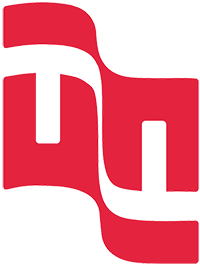One of the largest banks in Brazil has undergone a profound restructuring in its flow in the development of systems. A gateway has been established at the point where a business idea queues for development in a solution. Its goal is to direct a demand classified as “small” to an agile flow.
Another gateway is positioned further in time and before there is information for the request for a proposal. At this point, the service process requires an estimate of the order of magnitude for the hours to be invested. Only typical information from a preliminary project is available at this stage of development.
How do I do this long before there are requirements at a level that allows you to apply for a proposal?
Solution
Delivered two spreadsheets, the “classifier” and the “estimator” to meet these objectives from the information available in each gateway.
The data stored in the spreadsheets associated with the effectively verified in each initiative allows the improvement of the model in a way that has greater acuity.
A vision of the future is to incorporate the model into a software solution, which narrows the gap in this model improvement by incorporating it into the workflow tool used in the management of initiatives.
Result
In a scenario in which individuals do not know where to start to give fundamental answers to the advancement of initiatives in a care process, practical guidance, the structuring of the insums of each model and the results offered facilitate a critical reflection and obtain an assertive prediction based on lessons learned. As a side benefit in the second gateway, completing the worksheet allows you to validate that the preliminary project has fulfilled its goal by the quality of the available information.
How the parts have been integrated
From the understanding of the new flow of demands, interviews with client professionals responsible for the evaluation at each gateway, market references and reference models such as COCOMOII, the FATTO team identified known factors in each gateway.
We analyzed 277 business initiatives, 587 medium and large projects and 692 small projects. We apply supervised statistical learning tools such as multiple linear regression and regression and classification trees.
From the findings, a function point expert and a data analyst developed their own schema for that context of approximation of size in function points.
As the organization already had a high maturity in IT governance and the use of software metrics, its productivity indicators could be used in the composition of the estimation model, i.e. a type of internal benchmarking, and there was no need to use data from the International Software Benchmarking Standards Group (ISBSG) or fatto benchmarking base.
The use of function points and the complexity of the classification and estimation models have become completely transparent to their users of the models, who only provide the selected information insums naturally their responsibility.


